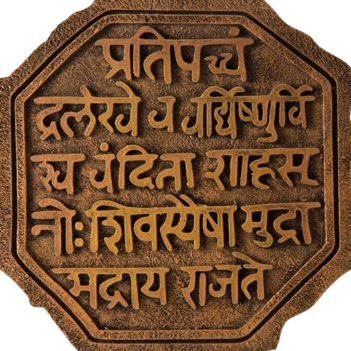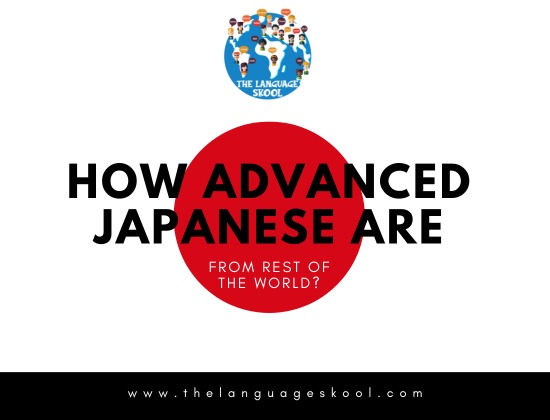
The Differences Between Simplified and Traditional Chinese Characters: Learn ONLINE with The Language SKOOL
If you’ve ever tried to learn Chinese, you may have noticed two different writing systems: Simplified Chinese and Traditional Chinese. But what exactly sets them apart? Understanding these differences can be incredibly useful if you’re a language enthusiast, a traveler, or someone doing business with Chinese-speaking communities. Let’s break it down!
1. A Brief History
Traditional Chinese characters have been used for thousands of years, with their origins tracing back to ancient Chinese script. They are more complex in structure and are still used in Taiwan, Hong Kong, and Macau.
Simplified Chinese characters, on the other hand, were introduced in the 1950s and 1960s as part of a language reform in mainland China. The goal was to increase literacy by making characters easier to read and write. Many characters were simplified by reducing the number of strokes or merging similar characters.
2. Visual Differences
One of the most noticeable distinctions between the two systems is their appearance. Traditional characters tend to have more intricate details and strokes, while Simplified characters often have fewer strokes and a more streamlined look.
For example:
-
Love: Traditional – 愛 / Simplified – 爱 (the 心 radical is removed)
-
Dragon: Traditional – 龍 / Simplified – 龙 (fewer strokes)
-
Country: Traditional – 國 / Simplified – 国 (a simplified structure)
3. Where They Are Used
The choice between Simplified and Traditional characters depends largely on geography:
-
Simplified Chinese: Used primarily in mainland China, Singapore, and Malaysia.
-
Traditional Chinese: Used in Taiwan, Hong Kong, and Macau.
If you’re learning Chinese for travel, work, or personal interest, consider where you’ll be using it most!
4. Ease of Learning
Many learners find Simplified Chinese easier to write and memorize due to the reduced number of strokes. However, Traditional Chinese provides a deeper connection to historical and cultural elements of the language. Some learners also find that knowing Traditional Chinese makes it easier to recognize Simplified characters, but not always vice versa.
5. Cultural and Artistic Value
Traditional Chinese characters are deeply tied to Chinese calligraphy, literature, and classical texts. Many people feel that the artistic and cultural richness of Traditional characters gives them a special charm. Simplified characters, while practical, are sometimes seen as losing some of that historical depth.
Which One Should You Learn?
This depends on your goals:
-
If you’re planning to live, work, or travel in mainland China, Singapore, or Malaysia, then Simplified Chinese is the way to go.
-
If you’re interested in Taiwan, Hong Kong, or Macau, or you want to appreciate traditional literature and art, then Traditional Chinese is a better choice.
-
If you’re serious about mastering Chinese, learning both can be a rewarding challenge!
Both Simplified and Traditional Chinese have their own merits. No matter which one you choose to learn, you’ll be opening the door to a rich language and culture that has been around for millennia. So, pick the one that best suits your needs and enjoy the journey of learning Chinese!












